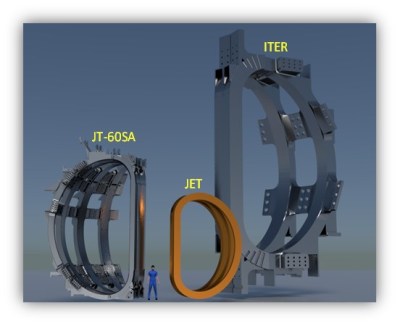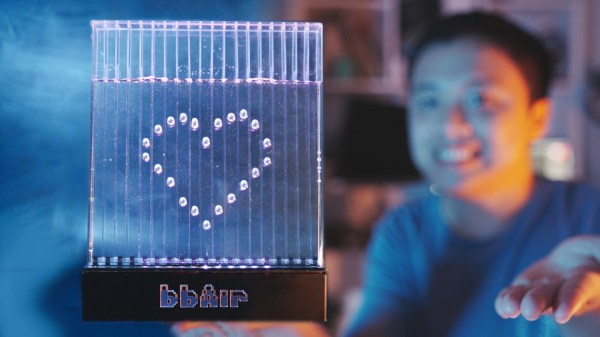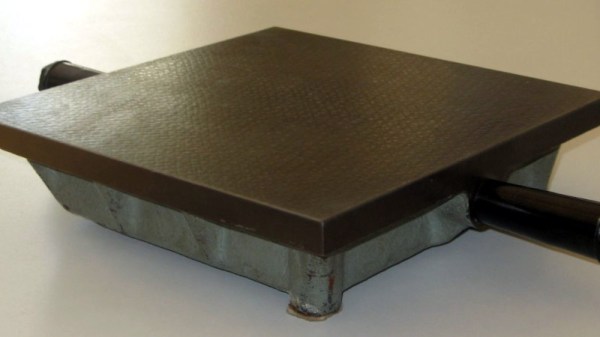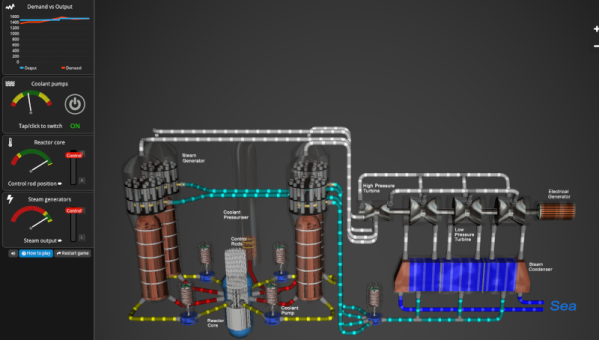
Japan’s JT-60SA fusion reactor project announced first plasma in October of this year to denote the successful upgrades to what is now the world’s largest operational, superconducting tokamak fusion reactor. First designed in the 1970s as Japan’s Breakeven Plasma Test Facility, the JT-60SA tokamak-based fusion reactor is the latest upgrade to the original JT-60 design, following two earlier upgrades (-A and -U) over its decades-long career. The most recent upgrade matches the Super Advanced meaning of the new name, as the new goal of the project is to investigate advanced components of the global ITER nuclear fusion project.
Originally the JT-60SA upgrade with superconducting coils was supposed to last from 2013 to 2020, with first plasma that same year. During commissioning in 2021, a short circuit in the poloidal field coils caused a lengthy investigation and repair, which was completed earlier this year. Although the JT-60SA is only using hydrogen and later deuterium as its fuel rather than the deuterium-tritium (D-T) mixture of ITER, it nevertheless has a range of research objectives that allow for researchers to study many aspects of the ITER fusion reactor while the latter is still under construction.
Since the JT-60SA also has cooled divertors, it can sustain plasma for up to 100 seconds, to study various field configurations and the effect this has on plasma stability, along with a range of other parameters. Along with UK’s JET, China’s HL-2M and a range of other tokamaks at other facilities around the world, this should provide future ITER operators with significant know-how and experience long before that tokamak will generate its first plasma.



















